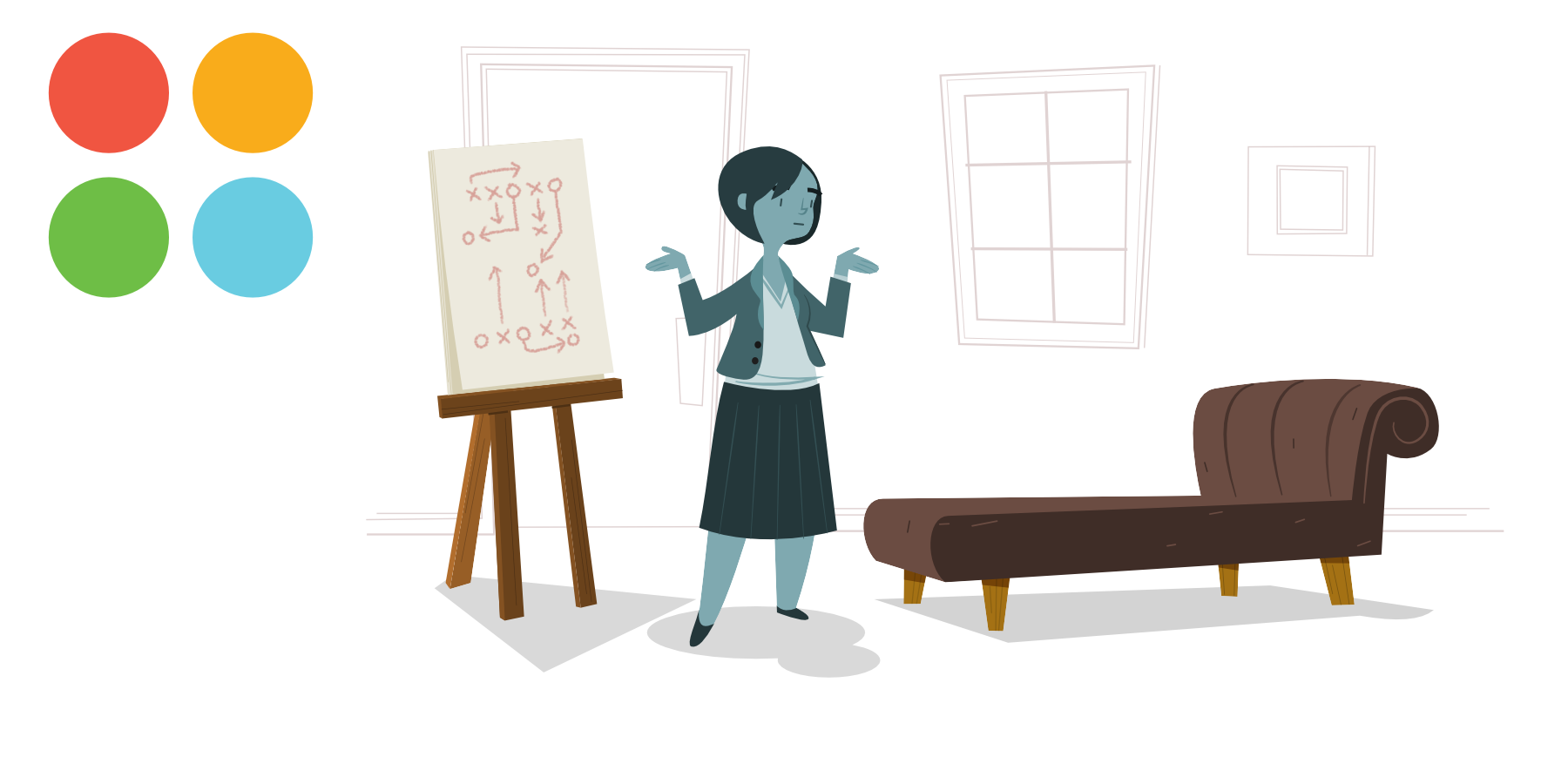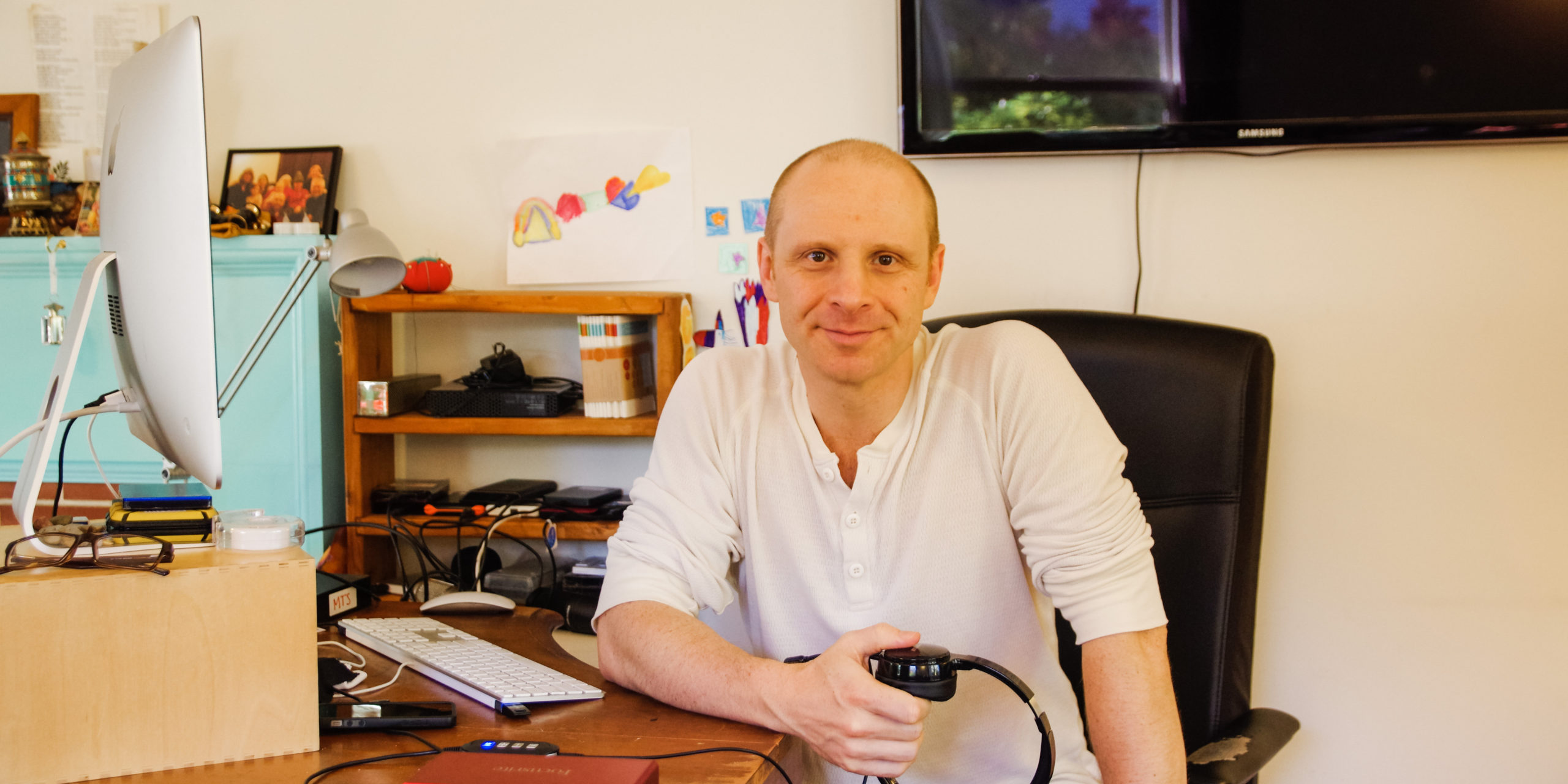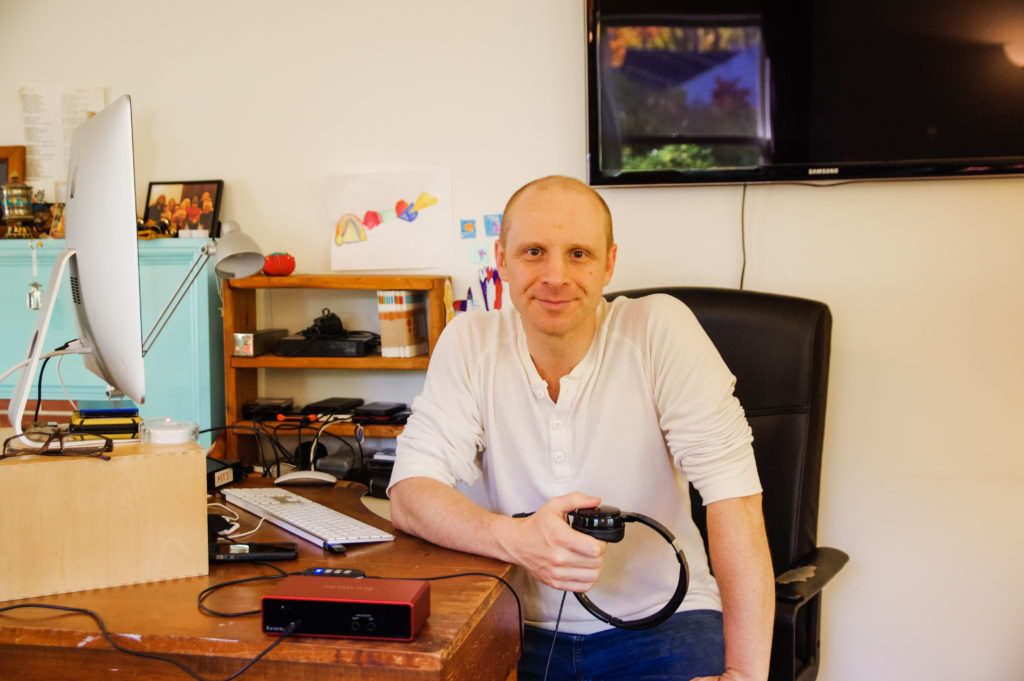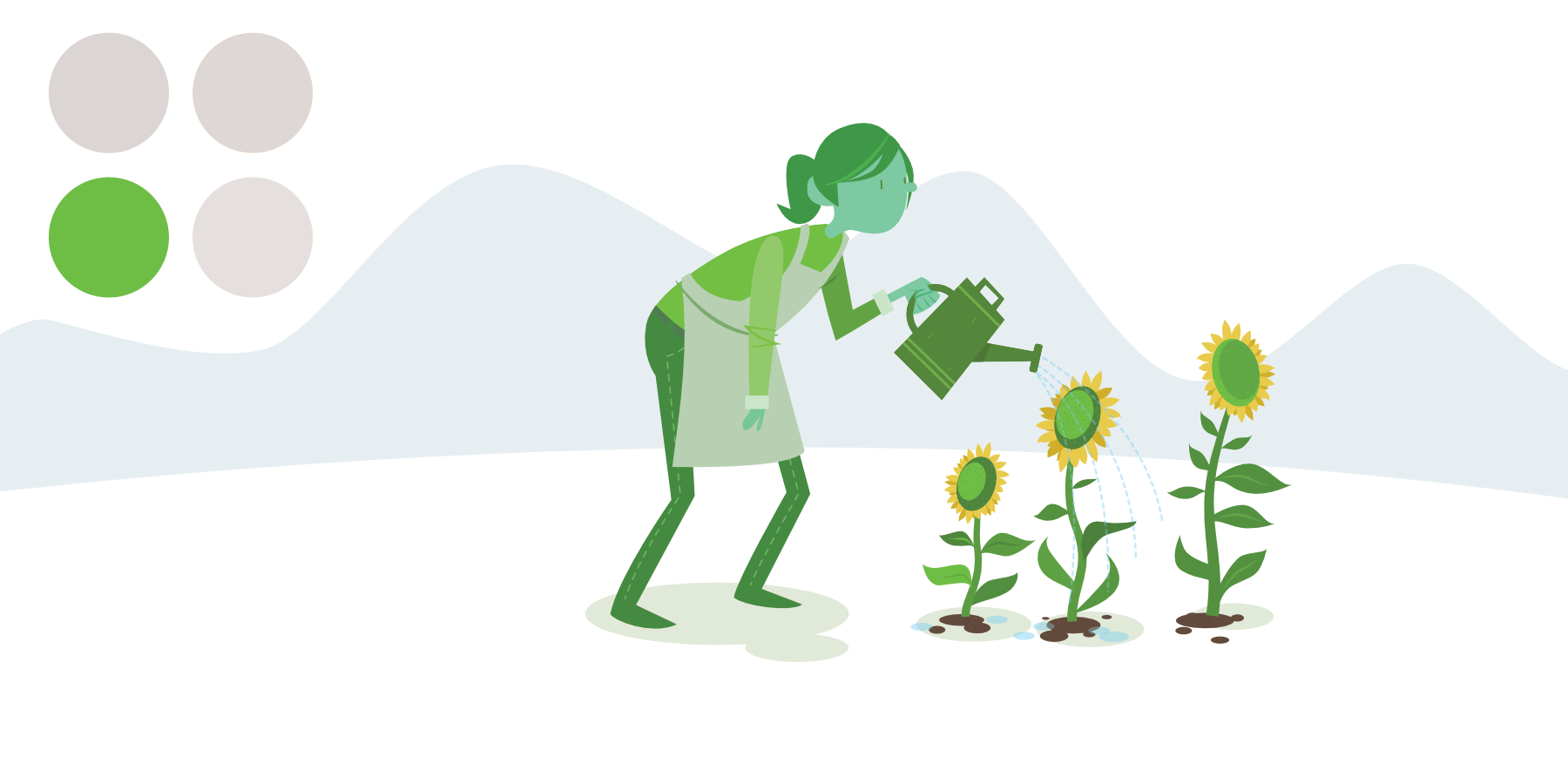
TW: This article includes a brief mention of sexual abuse.
As the fields of coaching and counseling continue to grow and evolve, there is increasing overlap and influence between them. Clear objectives, homework assignments, and even Emotional Intelligence assessments have become more common in therapy, while coaching is increasingly open to the importance of unconscious bias and triggers. Yet it remains vital that ethical coaches understand the purview of their work and the line between coaching and counseling.
I recently spoke with Michele Nevarez, HR specialist, and Nora Infante, a licensed psychologist and senior executive coach, about the distinctions between coaching and counseling as well as their advice for new coaches. As Nora eloquently put it, “This topic as a whole comes from identifying coaches’ need to better understand how these two worlds come together and what keeps them apart.”
How these worlds come together
In addition to increasing overlaps in the goal orientated nature of coaching and counseling and common tools and timeframes, the root of a client’s need for coaching or counseling often overlap. Nora shared: “The reason someone goes to therapy or counseling is because they have a situation in their lives that is painful or not useful that they want to move beyond. The goal is working toward a different experience. Both therapy and coaching begin with the client in a present state that is less than perfect and hopefully advance to a future state that will be improved.”
What keeps them apart
Usually, the gravity of clients’ situations as well as the extent to which their past is explored differ between coaching and counseling. Nora observed: “Coaching clients are generally in less serious situations, while counseling is more likely to come at a moment of crisis. Most coaching engagements begin with someone who is already functioning well but really needs to develop some self-awareness and insights to help them maximize their skills and develop new ones. It’s very behavior focused. Whereas in therapy you will delve more deeply into some of the root causes of triggers than in coaching.”
While coaches identify triggers with their clients and help develop ways to move forward effectively, they don’t spend time exploring the root causes of triggers. Substantive exploration of the past remains the domain of therapy. Coaches may touch on the past, but only in a very focused way—to gain context for the present and to help their clients identify strategies to move forward.
Red flags for coaches
It is important that coaching clients have the “ego strength” to receive constructive criticism and even negative feedback and make use of it. If feedback itself is a trigger for a client, making them overly reactive and emotional, it can be a sign to the coach that coaching may not be the right fit for the client.
Additionally, feeling particularly concerned or protective of a client and/or having a client who continually returns to the same chronic issues can represent red flags. Nora elaborated: “If you find yourself feeling excessively preoccupied or protective of a client, it’s an important sign to you as a coach that you’re in an area of emotional vulnerability for the client that probably requires a deeper level of work than is appropriate for a coach. It is also a red flag if you find yourself having the same thematic conversation over and over again with your client—despite their receiving feedback, having clear coaching goals, and giving homework assignments.”
Common fears
Particularly for new coaches without clinical training, the line between coaching and counseling is often blurry and intimidating. “Anybody who’s an ethical coach should know how to walk that line,” Michele said, “Because if they are so scared of that line that they don’t actually know the difference between coaching and therapy then they won’t even be a good coach. They may overlook the things they should be paying attention to that enable them to get to the heart of a client’s belief structure and mindset that fuel their current behavior and outcomes.”
When new coaches do identify a client who would be better served by therapy, there is often fear around saying so and ending an engagement. “They might be afraid of a client’s reaction, need the business, or don’t want to burn bridges,” Nora explained.
How can new coaches navigate the line between coaching and counseling?
Find a mentor
For new coaches, the insight of a psychologist mentor or a seasoned coach who understands the nuances between coaching and counseling can help tremendously. The guidance of a mentor was extremely beneficial for Michele early in her coaching career: “Having a mentor was vital for me as a new coach because I didn’t want to shut down and stop coaching in the areas that are appropriate and would allow me to do my job well. Nor did I want to traverse a step ethically. Sharing situations anecdotally (as to maintain confidentiality) with a mentor can make a huge difference in making those discernments.”
We discussed a story of an early client with whom this outside advice was crucial: “One of my very first coaching engagements was with someone who unfortunately had experienced sexual abuse. I remember at the time when they shared that with me I was so nervous. So, I went to two of my psychotherapist friends—of course while keeping my client’s confidentiality—and asked for advice. For me, it was super helpful to have a mentor. Someone who is more experienced and understands the nuances.
“As it turned out, the client had been in years of therapy and had substantially worked through their trauma. So even though it was initially a red flag to me, it ended up not being an issue at all. They already understood the source of past triggers and were able to take a forward focus in their work with me.
“That forward focus is the simplest way I’ve found to describe the line between coaching and counseling to new coaches. If you go back it’s only to gain context that informs the present—but coaches don’t spend time exploring the past. And of course, if the past becomes too intractable or repetitive that’s a critical warning sign.”
Learn to identify common personality disorders
Coaches are likely to encounter clients with personality disorders including narcissism, OCD, histrionic, and borderline, even among top-level executives. Nora encouraged coaches without a clinical background to familiarize themselves with personality disorders:
“Knowledge is power. You may not have clinical training, but that doesn’t mean that you can’t gain valuable practical knowledge with basic and ever-continuing education. The chances of a new coach running into something complicated in the person they’re working with are quite significant. I really encourage formal coaching programs to spend meaningful time helping coaches identify when they may be dealing with a personality disorder and helping them to recognize when to seek appropriate collegial consultation for issues that are beyond the scope of routine coaching. Coaches can prepare for those important conversations, which unfortunately might ultimately include extricating themselves from an engagement. It’s important that coaches not be naïve about the complexities of the human mind and behavior. Coaching is rarely going to be easy and straightforward.”
Pair coaching with therapy
While some clients’ situations unfortunately necessitate that the coach end the engagement, many others can benefit from pairing coaching with therapy. Both Michele and Nora shared that they are always prepared to work with therapists in conjunction with a client.
Even clients who have not experienced trauma may benefit from the pairing of coaching and therapy. Nora shared the story of a client for whom this was effective: “A C-suite client who I’ve worked with for a couple years identified early on that her stress resulted from being a ‘people pleaser.’ She believed that she achieved her success just from being easy to get along with. She had a much harder time owning her intelligence. She saw her success as a result of her being a nice person—a bit of imposter syndrome. It turns out that during her whole life she had been the one taking care of everything for everyone and wanting to please all the people all the time—an impossible task.
Nora continued: “Six months into our engagement this remained an overarching issue. I assigned homework, she understood it well, and was in control of her emotions, but we continued to come up against this bedrock problem. After about nine months, the stress of her need to make everybody happy so over shadowed our work that I recognized the need to refer her to a therapist. And this a good example of where the client continued coaching and started important therapy. In therapy, she was really able to deep dive into the root of her need to please, convert those important insights, and return to the tools that I could use to effectively support positive change.” In this way, helping a client pair coaching with therapy—or even knowing that a client is already in therapy—can benefit both client and coach.
Above all, it is crucial that coaches learn to navigate the line between coaching and counseling. The guidance of a mentor, training on identifying personality disorders and ending engagements, and the ability to work in conjunction with a therapist can all make this often-intimidating line far easier to navigate.















